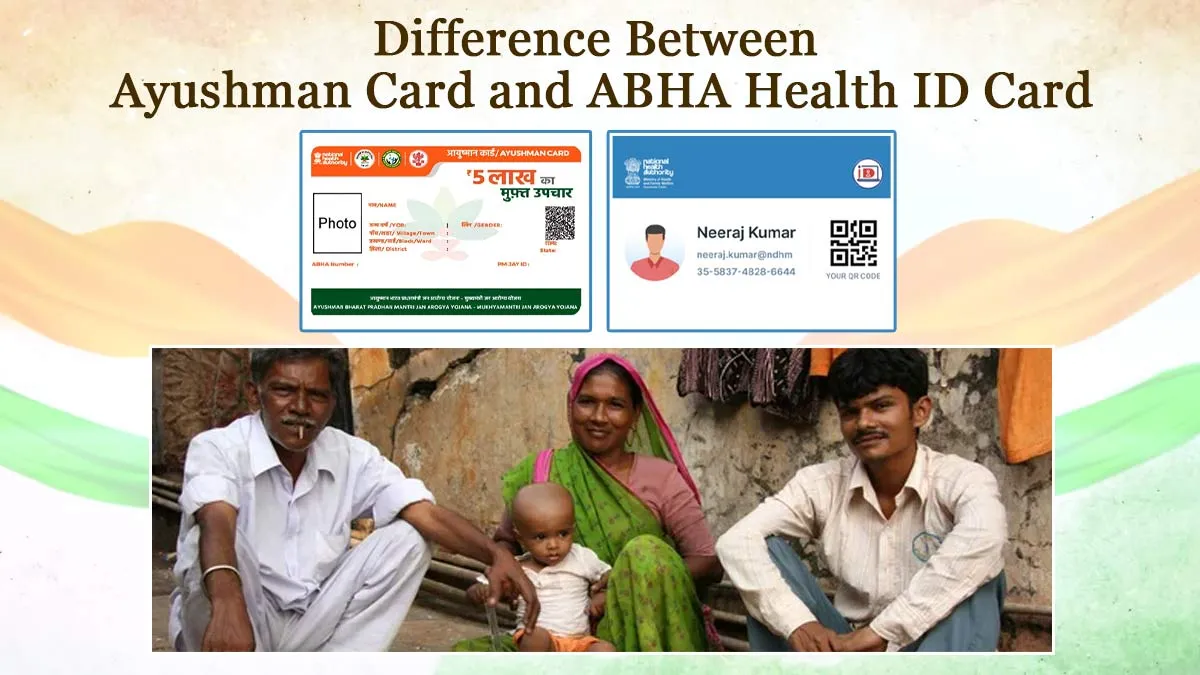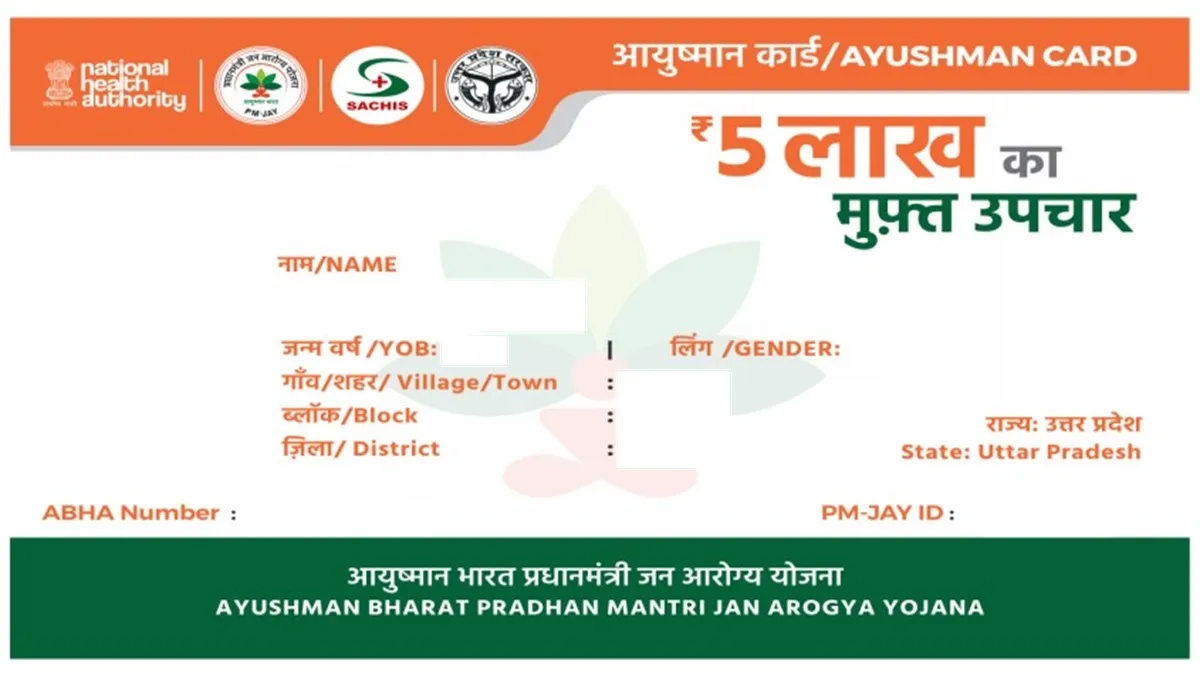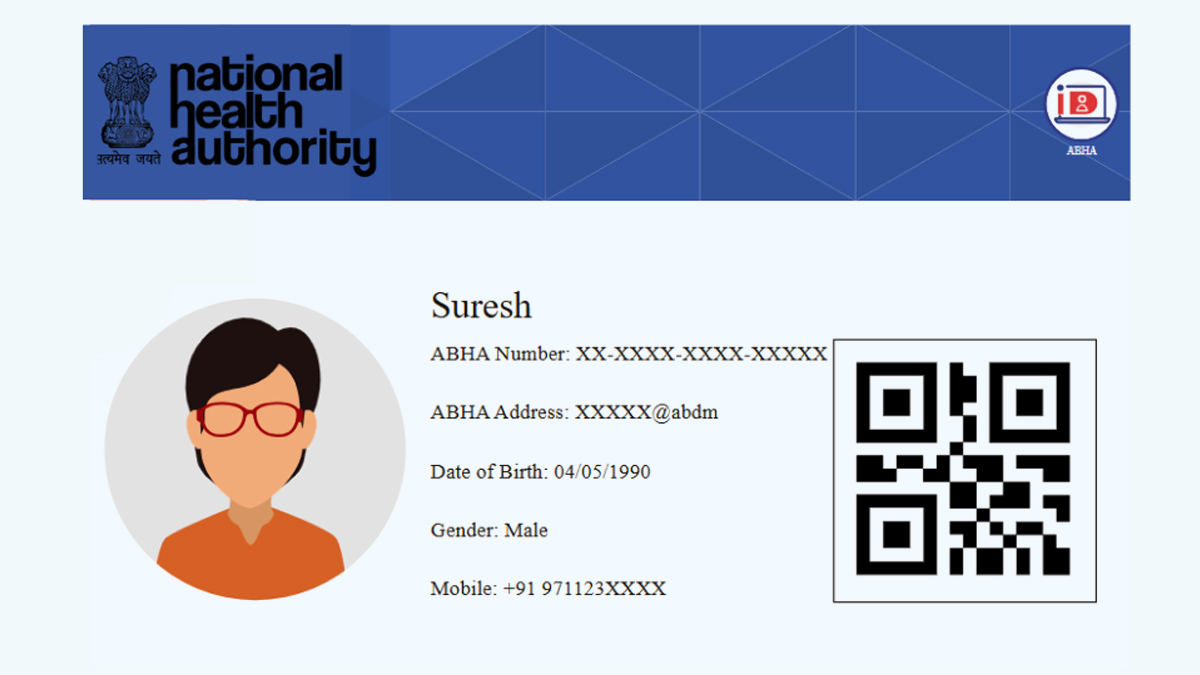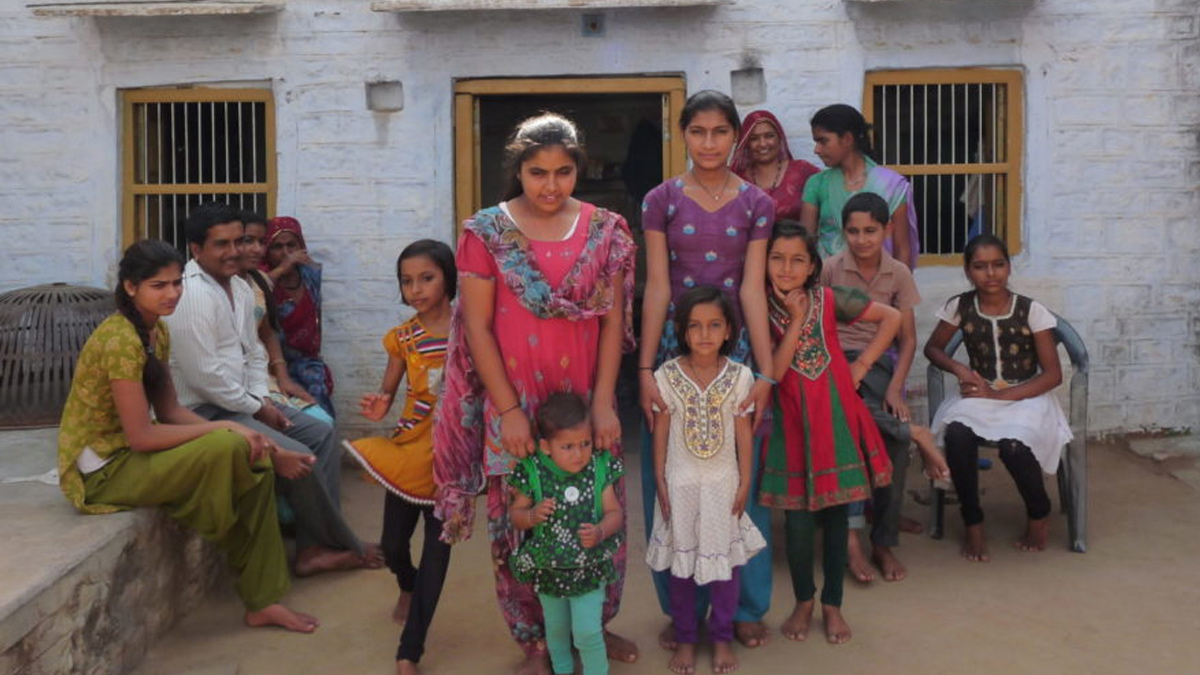
In India’s push for better healthcare, two government initiatives stand out: the Ayushman Card and the ABHA Health ID Card. While both aim to improve health access, they serve very different purposes. The Ayushman Card acts as a financial shield for hospitalisation costs, while the ABHA Card digitises your medical history. For citizens, understanding these tools can mean quicker treatments, lower costs, and smoother health management. Here’s a simple breakdown of how these cards work, who qualifies, and why they matter.
Table of Content:-
Why These Cards Matter For Citizens![ayushman card 1 - 2025-04-30T131354.945]()
Healthcare costs can drain savings, especially for low-income families. The Ayushman Card helps by covering hospital bills up to ₹5 lakh annually. Meanwhile, the ABHA Card ensures your health records-like past treatments or allergies, are always accessible digitally. Together, they tackle two big problems: affordability and access to medical data.
Ayushman Card Is A Financial Safety Net
- Launched in 2018 under PM-JAY, this card targets economically weaker families (identified by SECC 2011 data).
- What it covers: Hospitalisation for 1,949 treatments, including surgeries, cancer care, and emergencies.
- Benefits: Cashless treatment at empanelled hospitals, pre and post-hospitalisation costs.
- Eligibility: Families earning less than ₹5 lakh/year, manual labourers, homeless individuals, and specific caste groups.
- Example: A farmer’s family avoids debt when the card covers a ₹3 lakh heart surgery.
ABHA Health ID Is Your Digital Health File![abha card 2 - 2025-04-30T131351.958]()
Introduced in 2021, the ABHA (Ayushman Bharat Health Account) Card gives every Indian a 14-digit digital ID to store health records.
What it does:
- Stores prescriptions, lab reports, and vaccination history.
- Let doctors access your records instantly (with consent).
- Links to telemedicine apps like eSanjeevani.
- Eligibility: All Indian citizens, regardless of income.
- How to get it: Register via the ABHA app or website using your Aadhaar number.
- Example: A Delhi resident shares her diabetes records with a Mumbai specialist in seconds.
Key Differences Between Ayushman Card and ABHA Health ID Card
Feature |
Ayushman Card |
ABHA Health ID |
Purpose |
Pays hospital bills |
Stores health records digitally |
Coverage |
Up to ₹5 lakh/year per family |
No financial coverage |
Eligibility |
Low-income families |
All citizens |
Issued by |
National Health Authority (NHA) |
Ministry of Health |
Data Storage |
No health data stored |
Full medical history linked to ABHA ID |
Can You Have Both Cards?![ayushman card eligiblity family 3 - 2025-04-30T131402.128]()
Yes! A street vendor might use the Ayushman Card for free cancer treatment while tracking his wife’s pregnancy reports via ABHA. The cards work together. One pays bills, the other organises health data.
Recent Updates
- Ayushman Card expansion: In 2024, discussions began to include more middle-class families, though no formal changes have been confirmed yet.
- ABHA upgrades: New features allow linking insurance policies and booking lab tests via the ABHA app.
Common Confusions Cleared
- “Is ABHA mandatory?”: No, it is not, but it simplifies health management.
- “Can I get an Ayushman Card online?”: People willing to get the card need to check eligibility at pmjay.gov.in, then visit a Common Service Centre (CSC) in their nearby locality.
How to Apply
1. Ayushman Card:
- Visit pmjay.gov.in → “Am I Eligible?”
- Submit income/caste certificates at a CSC.
2. ABHA Card:
Download the ABHA app → Enter Aadhaar → Get your 14-digit ID.
Conclusion
These cards are changing Indian healthcare. The Ayushman Card has funded 6+ crore hospitalisations since 2018, while ABHA IDs crossed 50 crore registrations in 2024. For citizens, this means fewer loans for medical emergencies and no more lost reports. Think of the Ayushman Card as your health ATM and the ABHA ID as your medical diary. Whether you’re a daily wage worker or a corporate employee, these tools put you in control of your health-without the paperwork chaos.
Also watch this video
Read Next
Dr Shriram Nene Drops 18 Kgs After Health Scare, Slashes Body Fat to 16%—Here’s How He Did It!
How we keep this article up to date:
We work with experts and keep a close eye on the latest in health and wellness. Whenever there is a new research or helpful information, we update our articles with accurate and useful advice.
Current Version


